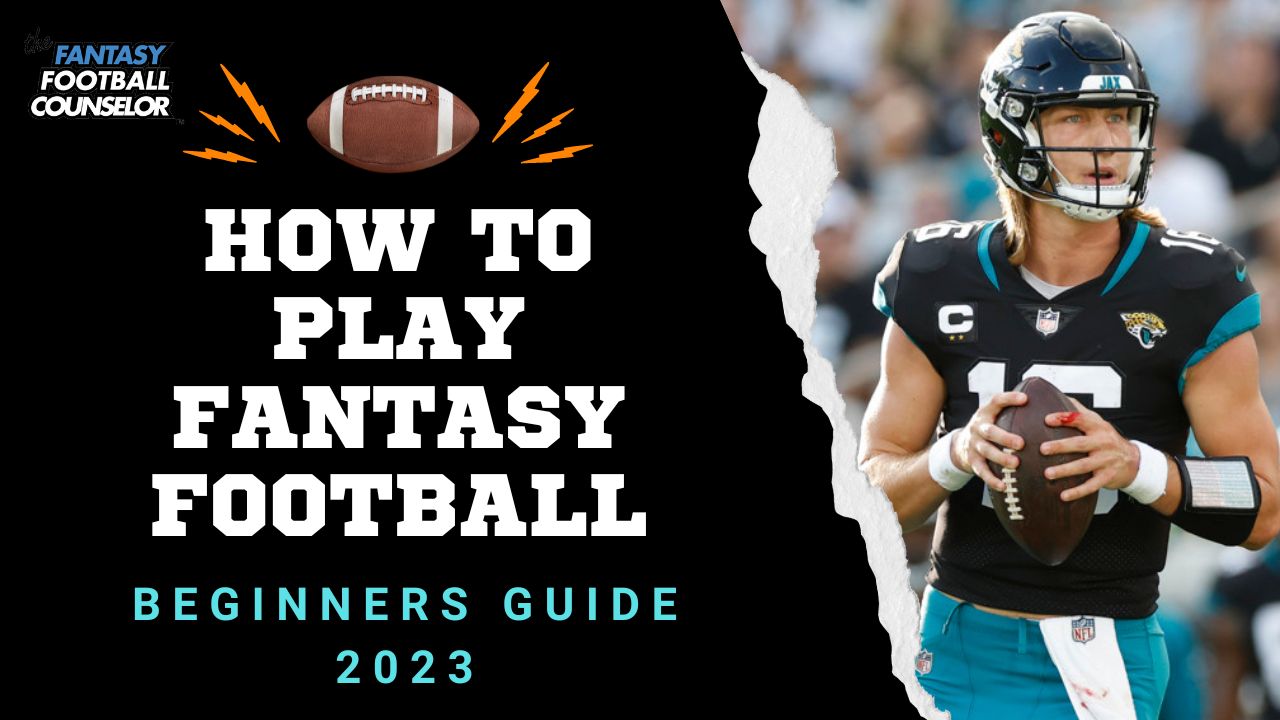
Fantasy Sports emerged in the sixties when Oakland executive Wilfred "Bill" Winkenbach founded the pioneering fantasy football league. Since those humble origins, this online contest has grown into a worldwide phenomenon enticing over 60 million participants in North America alone.
Modern devotees can select between season-long leagues that reflect professional sports calendars or daily contests delivering real-time satisfaction through rapid-play formats. Each method appeals to distinct user profiles, with different levels of involvement and strategy expectations.
Throughout this complete manual, newcomers will discover basic fundamentals while seasoned managers get advanced strategies to outperform their leagues. Whether you're building your first team or looking for that title edge, these perspectives will transform your fantasy mindset.
Understanding Fantasy Sports?
Fantasy Sports allow participants to form constructed teams using professional athletes whose true statistical performances translate into points within a game-based framework. These digital contests establish simultaneous competitions where understanding, planning, and sometimes luck determine outcomes.
NFL football heads the fantasy landscape, but basketball, baseball, hockey, soccer, golf, and even rising esports have built dedicated fanbases. Each sport offers specialized scoring systems representing the particular statistics rewarded in those competitive competitions.
Daily Fantasy Sports (DFS) notably diverges from traditional season-long formats by compressing the experience into briefer timeframes. While season-long leagues demand months of focus through waiver moves, trades, and lineup decisions, DFS contests end quickly—sometimes within a single day—giving players to rebuild entirely new rosters for future competitions.
Ways Fantasy Sports Operate
Serpentine drafts are the most common selection method, flipping order each round to maintain fairness, while auction formats give managers designated budgets to acquire players. Best ball eliminates weekly lineup decisions by effortlessly recording highest-scoring players.
Scoring systems differ substantially across platforms and sports. Point-Per-Reception (PPR) rewards NFL receivers with supplemental points for catches, whereas standard formats prioritize primarily on touchdowns and yardage. Custom leagues enable commissioners to change values, shaping unique strategic environments.
Redraft leagues begin fresh annually, needing complete team reconstruction. Dynasty formats enable managers to preserve most roster spots between seasons, emphasizing long-term player development. Keeper leagues offer a middle ground, permitting teams to hold onto limited player cores while refreshing remaining positions through annual drafts.
Finding the Best Fantasy System
ESPN delivers top-tier broadcast integration, streaming video content and analysis immediately alongside management tools. Yahoo presents intuitive interfaces with strong free offerings. Sleeper has changed the mobile experience with social features and modern design elements attracting younger demographics.
DraftKings performs well with tournament variety and strong promotional offerings. FanDuel features comparatively simpler gameplay mechanics, making it accessible for beginners. Underdog has carved a niche through fresh "pick'em" contests combining player props with fantasy concepts.
Mobile applications now drive fantasy engagement, though desktop platforms usually deliver full functionality for sophisticated tasks like draft preparation or trade analysis. Advanced managers often use both formats, maximizing each platform's strengths relative to specific needs and circumstances.
Drafting-Day Strategies
Draft prep begins days before pick time through regular mock draft participation, reviewing expert rankings, and tracking Average Draft Position (ADP) data. These habits develop familiarity with player valuation patterns and typical draft flows.
Value-based drafting assesses relative worth above replacement-level players at each position, maximizing roster efficiency. Talent-priority approaches ignore positional considerations to stack raw talent, fixing balance later through trades.
Positional scarcity calls for thoughtful consideration of resource dynamics. signal-caller-heavy drafting strategies typically underperform because high-quality options remain in later rounds. On the other hand, elite running backs need premium consideration due to steep talent dropoff and injury susceptibility creating position-wide volatility.
In-Season League Oversight Advice
Waiver wire attention distinguishes champions from losers. Proficient managers invest ample resources toward following breaking news, injury reports, and emerging statistical trends. Readiness outperforms reactivity when acquiring newly valuable assets.
Transactions successfully calls for fantasy sports betting understanding emotional motivations beyond pure player valuation. Spotting roster imbalances among opponents presents mutually beneficial exchange opportunities. Ideally begin negotiations with balanced offers, steering clear of insulting proposals that undermine future trading possibilities.
Bye weeks involve proactive planning rather than emergency adjustments. Savvy managers allocate these scheduled absences across roster positions during draft construction. Injured stars often end up as acquisition targets from struggling teams desperate for immediate production, offering patient managers with playoff-peaking assets.
DFS-Specific Tactics (Daily Fantasy Sports)
Tournament selection crucially influences ideal strategy. Cash games (even splits, Double-Ups) favor consistency and stable players. Guaranteed Prize Pool tournaments (GPPs) encourage contrarian thinking and ceiling-chasing to diversify entries among thousands of participants.
Bankroll management principles advocate limiting tournament exposure to 10-20% of available funds, preventing variance from eroding resources. Balanced growth approaches maintain long-term viability within this dynamic format.
Stacking correlation through quarterback-receiver combinations amplifies point potential during high-scoring offensive performances. Reviewing Vegas betting lines, weather conditions, and defensive matchups delivers contextual edges against uninformed opponents.
Research tools continue evolving, with player projection models, lineup optimizers, and ownership forecasts becoming increasingly advanced. Balancing these resources without depending too much on them offers competitive advantages against both technology-dependent and manual-only competitors.
Fantasy Sports and Sports Betting: Where They Align
Classic sports betting and fantasy competitions contain data-driven foundations though they have structural differences. Both formats reward statistical analysis, situational awareness, and recognition of market inefficiencies.
Player prop wagers tightly mirror fantasy point expectations, presenting arbitrage opportunities for strategic participants who detect discrepancies between these related markets. Line shopping across multiple platforms applies equally in both domains.
Legal considerations shift substantially by jurisdiction, with regulatory frameworks evolving swiftly across states. Prudent engagement requires understanding applicable laws, applying strict budgetary constraints, and maintaining perspective on entertainment value versus financial motivations.
Avoidable Mistakes to Avoid
Emotional bias often compromises analytical decision-making. Managers overestimate players from favorite teams while bypassing rivals irrespective of statistical projections. Elite play requires emotional detachment during evaluation processes.
Opponent-based analysis reaches beyond basic rankings. Weather impacts, scheme adjustments, personnel changes, and motivation factors yield deeper context for performance expectations. Limited research delivers surface-level results.
Roster inertia leads managers to cling to underperforming players due to draft capital investment. Winning teams ruthlessly evaluate production rather than reputation, making difficult decisions without sentimentality. Yesterday’s performance predicts nothing about tomorrow’s outcomes.
The Evolution of Fantasy Sports
Best ball formats persist expanding in popularity by doing away with repetitive weekly management requirements while supporting season-long engagement. Pick'em contests reduce the complexity of the experience further through player-versus-player propositions rather than complex roster construction.
NFT integration has begun transforming ownership concepts within fantasy ecosystems. Blockchain verification allows individual digital assets showcasing team ownership, achievement records, and collectible moments from fantasy competitions.
International expansion provides enormous growth potential, particularly across European soccer markets, Australian rules football communities, and cricket-dominant regions. Cultural adaptation of contest structures will fuel global accessibility.
Artificial intelligence steadily fuels analytical tools, computing vast information quantities beyond human capability. Machine learning algorithms uncover subtle performance patterns, injury indicators, and matchup advantages, advancing research methodologies across casual and professional fantasy participants.
 Brandy Then & Now!
Brandy Then & Now! Michael Fishman Then & Now!
Michael Fishman Then & Now! Michelle Trachtenberg Then & Now!
Michelle Trachtenberg Then & Now! Nancy McKeon Then & Now!
Nancy McKeon Then & Now! Dolly Parton Then & Now!
Dolly Parton Then & Now!